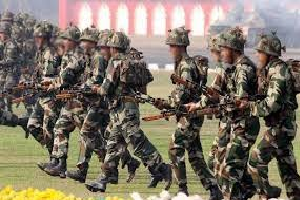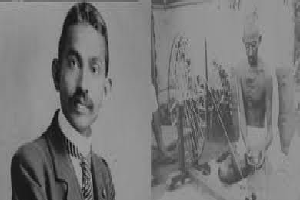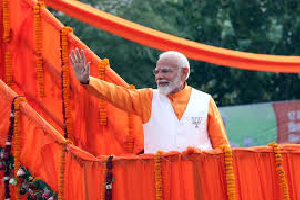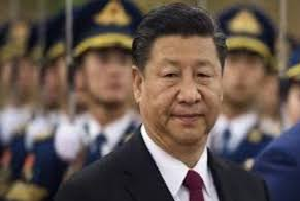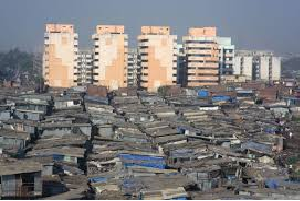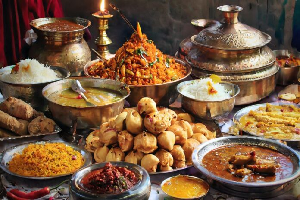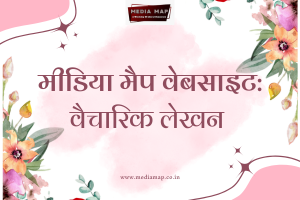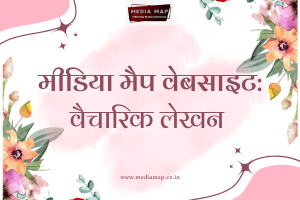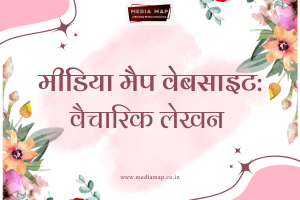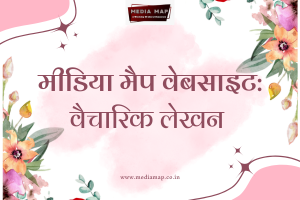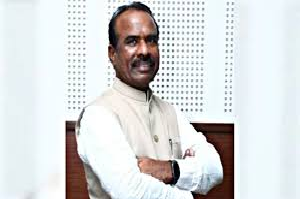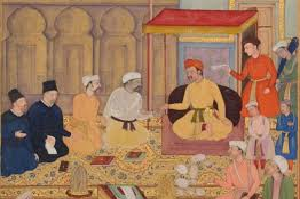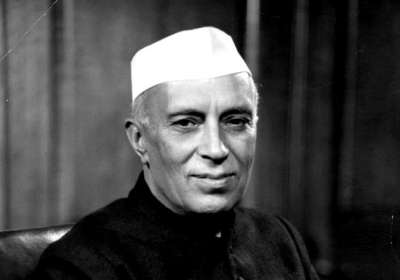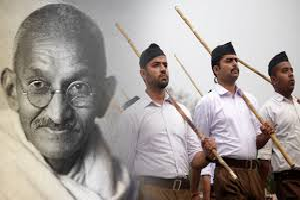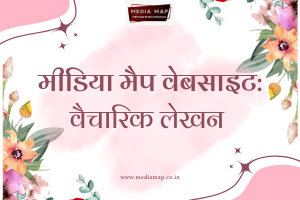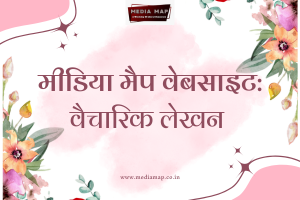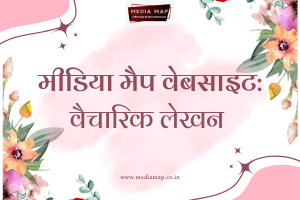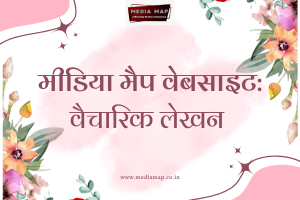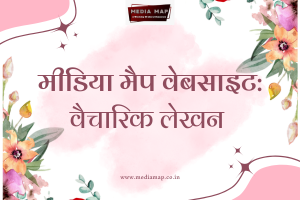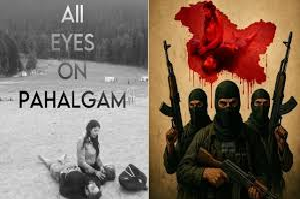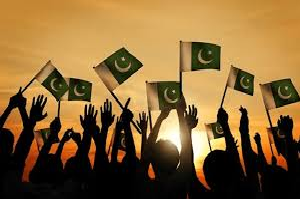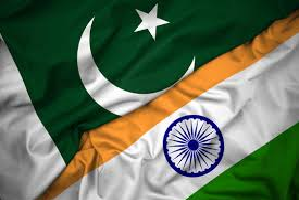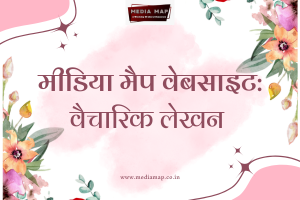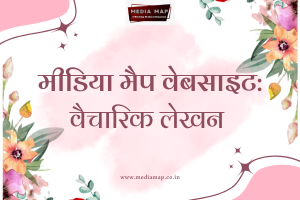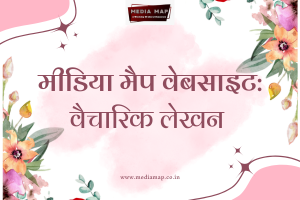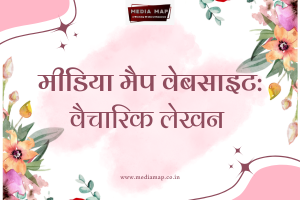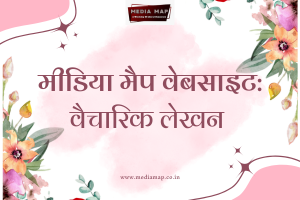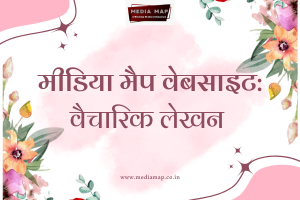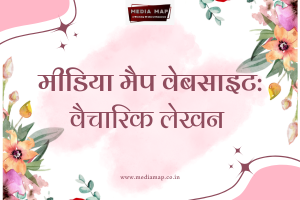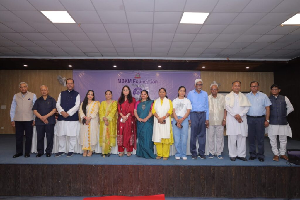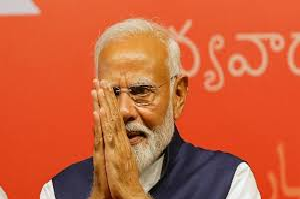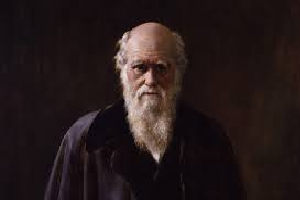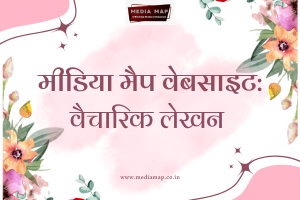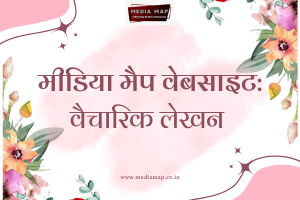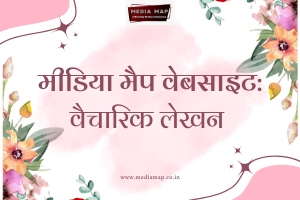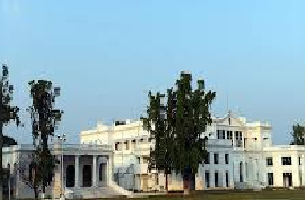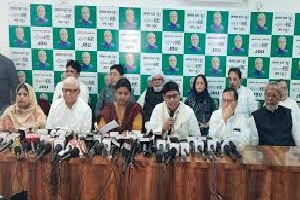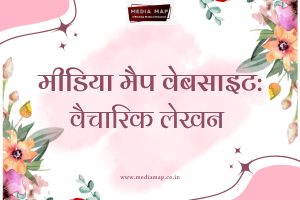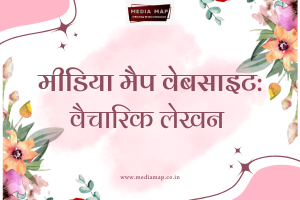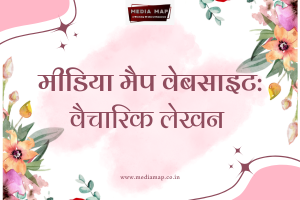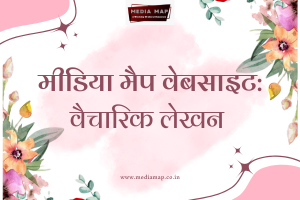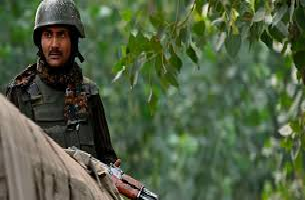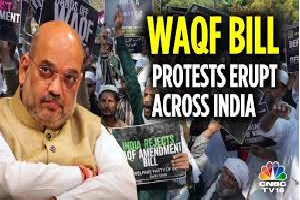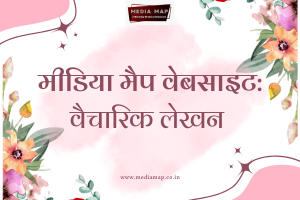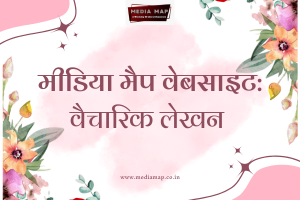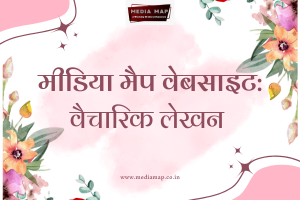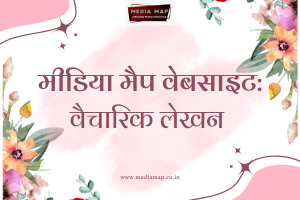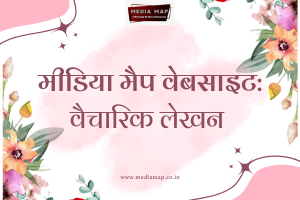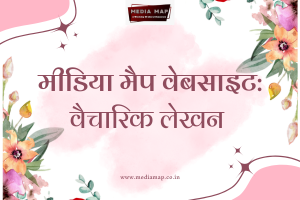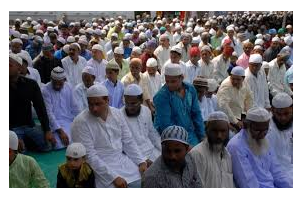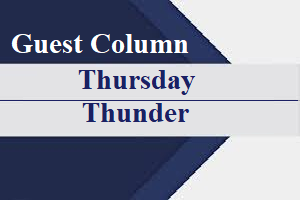21

Today’s Edition
New Delhi, 21 March 2024
Dr Satish Misra
Uttar Pradesh, the biggest state which elects 80 Lok Sabha MPs, is going to play a decisive role in testing Prime Minister Narendra Modi’s loud claim of the NDA getting 400 seats a real or a mere Jumla.
The BJP needs to add at least a couple of seats to its tally of 62 in 2019 in UP if it wants to fulfil its ambition of around 370 seats in the country as is being reiterated almost every day by the Prime Minister. In 2014, the BJP had bagged 71 seats, but its tally was reduced while it had improved its overall score in the country.
Undoubtedly in the battle of perception, the BJP is far ahead of the opposition. With its governments both at the Centre as well as in the state, the ruling party has obvious advantages as it not only has massive resources but also control over media as well as official machinery at its command. It has been able to create an impression that it has a decisive lead over its opponents, but even a casual glance by a discernable look at the ground realities reveals that the contest by no stretch of the imagination is a cakewalk for the saffron party.
While the BJP has won two general elections by arousing emotions and raising non-issues, real problems on the grounds of economic distress, galloping prices of essential commodities, unemployment, and localized corruption have begun to hurt common people on the street, particularly women folk. In this situation, the euphoria of the consecration of the Ram temple at Ayodhya on 22 January is waning rather fast disappearing.
The constituency-wise picture would become only clear after the BJP, the Samajwadi Party- Congress alliance and the Bahujan Samaj Party have declared their respective candidates, but it appears to be an uphill task for the ruling party in UP to retain its electoral numbers.
Behind the massive smokescreen of propaganda, nervousness among the top leadership is discernible. There is an inbuilt tension between Chief Minister Yogi Aditynath and Modi-Shah duo which are bound to reflect in overall electoral performance. All attempts to rein the state chieftain by the Delhi emperor have fallen flat as Yogi has made clear that he can’t be pushed around like others in the party.
A corollary of the underlying conflict is that the traditional battle of supremacy between Brahmins and Thakurs has sharpened during the last seven years. Brahmins have been pushed to the margins of the ruling order by the Yogi Adityanath government as the BJP is trying to run after the backward castes which are shifting towards the SP-Congress alliance in the wake of the promise of the caste census.
It is one of the reasons that the BJP is finding it difficult to replace sitting MPs against whom there is strong anti-incumbency at the constituency level. Fissures, resentment and simmering anger will find expression once the saffron party declares its candidates in all 80 seats. In this context, the treatment that the BJP decides to give to two of its sitting MPs from Sultanpur and Pilibhit Lok Sabha constituencies namely Maneka Gandhi and her son Varun Gandhi is worth a watch. How the BJP manages to retain these two seats will become a topic of research in times to come.
At the same time, the Samajwadi Party-Congress alliance is a formidable challenge to the BJP and is not a pushover. The promise of a caste consensus by the Congress and fully backed by the SP has generated enough traction on the ground which appears to have punctured the confidence of the BJP though its leaders are trying to put up a brave face.
From all counts, the electoral contest at the constituency level mainly between the BJP and INDIA block is going to be tough whose outcome is unpredictable at this juncture. (Words 680)
---------------


